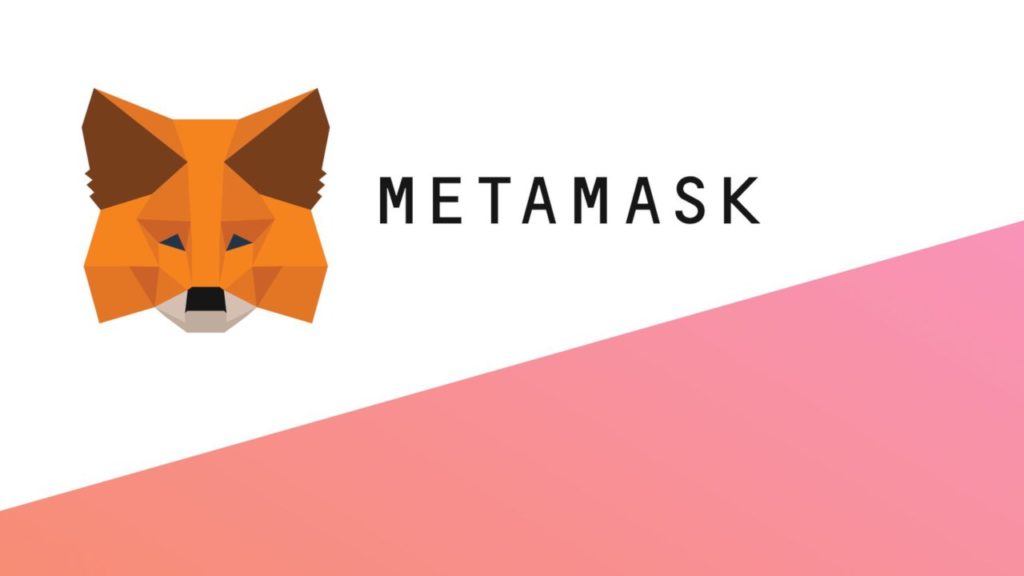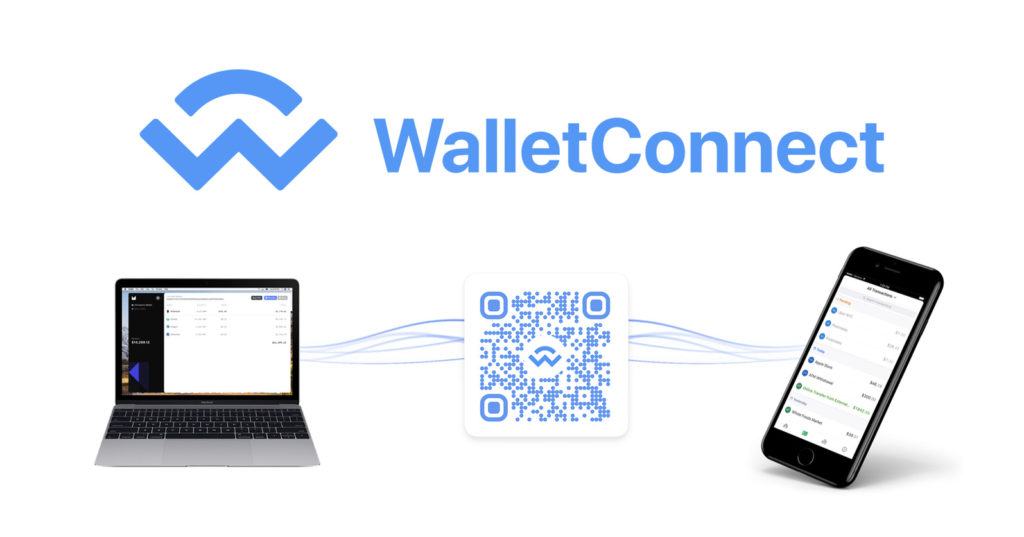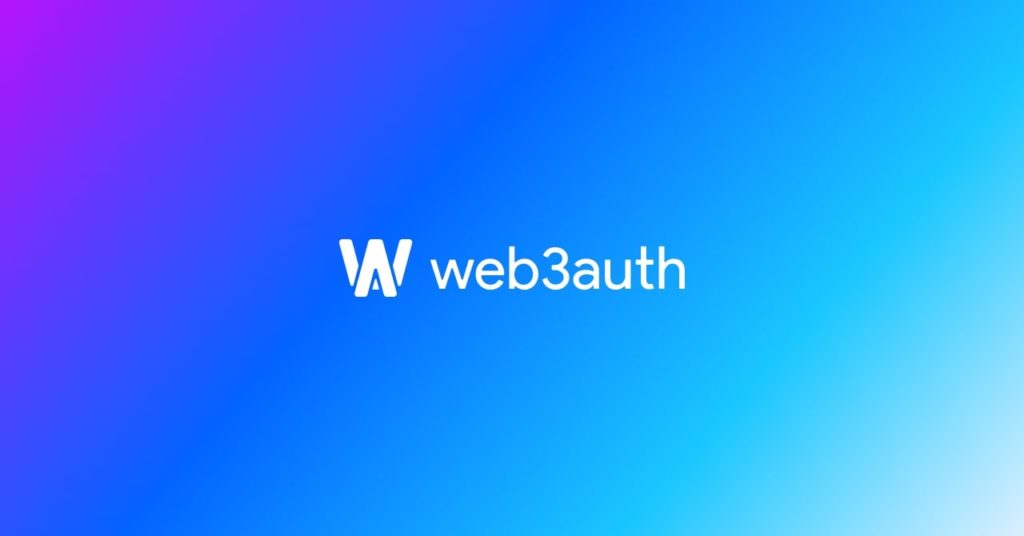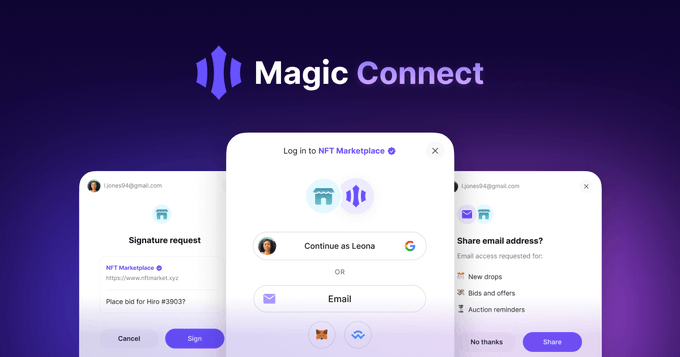Table of Contents
Whether a user is interacting with a DeFi protocol or wants to explore the metaverse through blockchain gaming, Web3 authentication is required. Your Web3 apps will most likely fail if they lack the ability to login users to the blockchain.
Allowing users to log in to the Web3 realm, on the other hand, provides life-changing opportunities, particularly for early adopters. As a result, if you want to be a blockchain developer who creates highly profitable next-level dApps, you should understand how to implement Web3 authentication.
It may seem to be a difficult task at first, however, a new paradigm shift has arrived, and it is known as the EGG Protocol. This ultimate Web3 development platform, dubbed “Firebase for crypto,” allows frontend developers to quickly integrate Web3 authentication into their dApps. As a result, they can easily authenticate users on the blockchain.
What is Web3?

There has been a lot of talk about Web3 in recent years. Initially, only crypto outlets mentioned it, but recently, mainstream media has begun to address the ongoing revolution. But do you know what Web 3.0 is? To discuss Web3 authentication, we must first understand the fundamentals.
In a nutshell, Web3 aims to be similar to Web2 in terms of user experience (most websites do these days). However, it should (ideally) be completely decentralized and include a decentralized monetary system.
In reality, we will most likely be dealing with a hybrid of Web2 and ideal Web3 for quite some time. However, at the moment, any website or application that allows you to connect to any blockchain network is considered a Web3 app or dApp. If you want to delve deeper into the Web3 debate, click on the “Web3” link above.
Web3 Wallets
Web3 wallets, also known as digital wallets, are popular cryptocurrency wallets. They are available as apps and browser extensions. Furthermore, they are an essential tool for anyone interested in exploring the crypto realm. A good Web3 wallet allows users to store various types of crypto assets. Furthermore, because cross-chain functionality is clearly the future, most crypto wallets support multiple chains.
Web3 wallets provide access to DeFi platforms, NFT marketplaces, blockchain or NFT games, and other cryptocurrency platforms. Web3 wallets are also an essential tool for blockchain developers. Use the link at the top of this section to learn more about Web3 wallets.
What is Web3 Authentication?

Web3 authentication may sound fancy, but it is simply a login tool. Furthermore, Web2 websites use email in conjunction with a password, whereas Web3 apps use users’ crypto addresses. However, the cryptography used to ensure the security of blockchain networks and users is far more complicated.
Thus, manually logging in would necessitate dealing with public private key pairs, which is far from user-friendly. Fortunately, there are numerous reputable hot crypto wallets available as browser extensions and mobile apps. These wallets can also be used as Web3 authentication tools in addition to handling and storing cryptocurrencies. We’ll go over hot wallets in greater detail later.
Why Do You Need Web3 Authentication?
As previously stated, Web3 websites and applications run on or at least allow users to interact with specific blockchains. As a result, users must be able to connect to those specific crypto networks in a secure manner.
Users can connect to a network by using Web3 authentication. Once authenticated, they can interact with other authenticated users on that network. As a result, this type of authentication is required for all Web3 dApps.
However, developers who build directly on top of Ethereum RPC nodes can attest to how difficult and time-consuming it is to create such authentication from scratch. Fortunately, EGG.FI allows you to overcome all of the limitations of RPC nodes, including authentication.
EGG.FI includes full integration with the industry’s leading solutions for web and mobile authentication. As a result, you can cover this aspect with a single line of code.
Web3 Authentication Alternatives

Now that you’re aware that Web3 wallets are used for Web3 authentication, let’s take a closer look at the three most trustworthy options: MetaMask, WalletConnect, and Web3Auth.
Each of these options provides a solid user experience; MetaMask and WalletConnect work well together for native crypto users, whereas Web3Auth caters to mainstream users. Furthermore, MetaMask is arguably the best tool for web users, whereas WalletConnect is a must-have for mobile users.
MetaMask

ConsenSys introduced MetaMask in 2016, and it has been around the longest. Furthermore, like most early adopters, it has grown in popularity. However, MetaMask has not slept on its laurels. It evolved into an excellent and extremely powerful tool through continuous development and numerous upgrades. It is available as a Chrome, Firefox, Brave, and Edge browser extension. MetaMask is also available for both Android and iOS users.
The Ethereum network is set by default on MetaMask, there are also Ethereum’s testnets, but you will be also able to easily add other networks with few clicks only. Other EVM-compatible networks, on the other hand, can be easily added. Overall, we believe that authenticating with MetaMask is simple and practical, and thus it is our preferred Web3 authentication method. As a result, creating dApps with MetaMask is much easier.
WalletConnect

Many people mistake WalletConnect for an app; however, it is an open-source protocol for connecting various wallets and dApps. It is exactly what the name implies. As a result, calling it a hot wallet is also incorrect. WalletConnect creates a “symmetrically encrypted connection” between two peers using a shared key. Furthermore, this Web3 authentication alternative is compatible with over 75 popular cryptocurrency wallets.
To make things easier for users, WalletConnect allows them to connect by scanning QR codes or using deep links. As a result, dApps with WalletConnect integration can easily establish secure and dependable connections.
Web3Auth

Web3Auth is one of the most popular and secure alternatives for new users to bridge the gap between Web2 and Web3. It is used by many popular apps, including Skyweaver, Binance, and Ubisoft, as well as many other dApps and wallets.
Web3Auth (previously Torus) is a simple non-custodial authentication infrastructure that works by aggregating OAuth (Google, Twitter, Discord) logins, various wallets, and existing key management solutions. It gives every user a familiar login experience, increasing conversion rates by up to 64%.
With a few lines of code, you can incorporate Web3Auth into your application. With web and mobile SDKs, you can customize the look of your application and even integrate it with your existing auth/user base.
Magic

Magic, formerly known as “Fortmatic”, is another reliable Web3 authentication option. Magic is notable for giving you complete control over the user interface. It is customizable and embedded, so it does not distract users from your app.
Magic, according to its official website, is a better alternative to MetaMask. As previously stated, we have focused on using MetaMask and WalletConnect at EGG.FI; thus, we leave it up to you to investigate Magic further.
Web3 Authentication and EGG.FI
We’ve gotten to the point where you theoretically know more than enough about Web3 authentication. So it is time to start building your Web3 platform. As a result, you’ll be able to contact our development team experts, who will be able to help you create a simple and clean Web3 login page.
They will walk you through every step, from creating a frontend to deciding which code snippets to use to cover the backend. But, before we hand you over to our team of experts, let us walk you through the EGG.FI setup process.
Enable Web3 Login, Payment Method, Donations and Much More
In order to start implementing Web3 features like Web3 Login, Payment Methods, Donations and much more, the first step would be to visit our Web3 integration page and enter your email address in the pop up, then our team will reach you and we can start building your Web3 platform together.
Disclaimer: The opinion expressed here is not investment advice – it is provided for informational purposes only. It does not necessarily reflect the opinion of EGG Finance. Every investment and all trading involves risk, so you should always perform your own research prior to making decisions. We do not recommend investing money you cannot afford to lose.
 English
English Français
Français Español
Español Bahasa Indonesia
Bahasa Indonesia 中文 (中国)
中文 (中国) Русский
Русский Português
Português Deutsch
Deutsch

